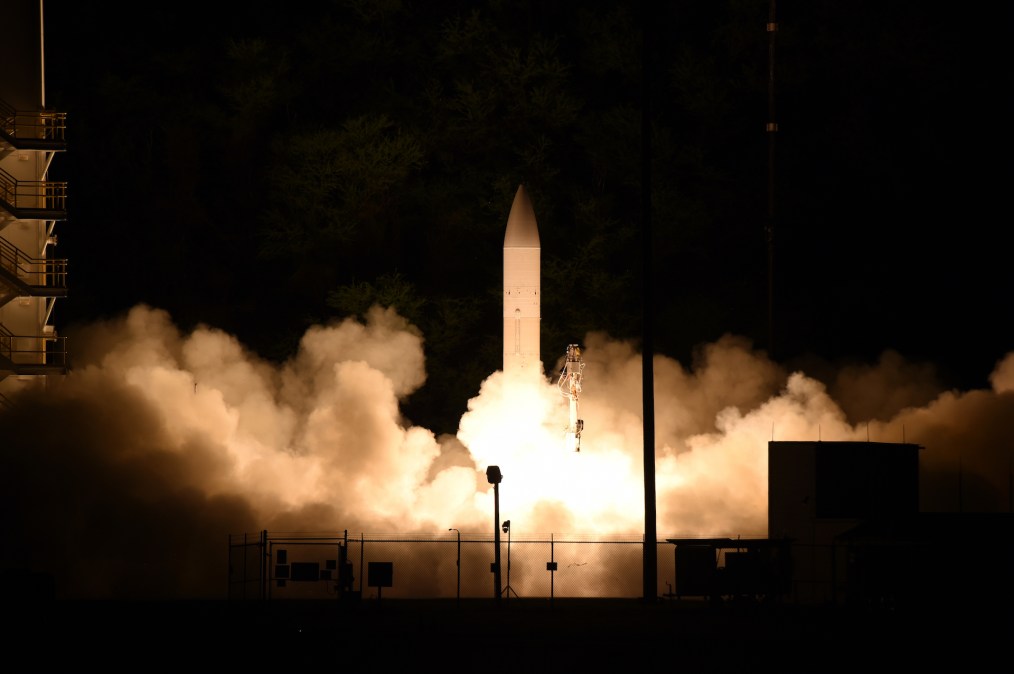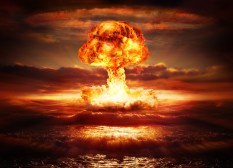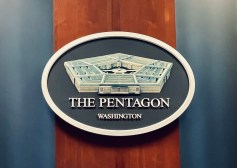Unchecked military adoption of emerging technologies comes with catastrophic risks, report warns

The “indiscriminate” adoption and use of emerging technologies like artificial intelligence and autonomous systems for military applications could carry catastrophic global consequences if left unchecked, warns a new report from an arms control and national security nonprofit.
In the report, the Arms Control Association calls on policymakers, defense officials, and others to better explore the consequences of the rapid adoption of emerging tech for operational military applications and develop a framework to reduce the escalatory risks of doing so.
“Military leaders of the major powers aim to exploit the perceived benefits of emerging technologies as rapidly as possible, in the belief that doing so will give them a combat advantage in future great-power conflicts,” the report states. “However, this drive to exploit emerging technologies for military use has accelerated at a much faster pace than efforts to assess the dangers they pose and to establish limits on their use. It is essential, then, to slow the pace of weaponizing these technologies, to carefully weigh the risks in doing so, and to adopt meaningful restraints on their military use.”
The document points to examples like lethal autonomous systems, hypersonic weapons, cyberattacks on nuclear arsenals and AI-enabled battlefield decision-making as applications of emerging tech that pose catastrophic risks — whether as a result of an accident or an escalatory action taken by great power adversaries.
While Joint All-Domain Command and Control (JADC2), for instance, is meant to enhance and speed decision-making in battle, it comes with dangers, especially if the sensor-driven, system-of-systems approach for warfighting is integrated with nuclear command and control, the report warns.
“Many of these technologies are still in their infancy and prone to often unanticipated
malfunctions,” the report says of JADC2 and automated battle management tech. “Skilled professionals can also fool, or ‘spoof,’ AI-enabled systems, causing unintended and possibly dangerous outcomes. Furthermore, no matter how much is spent on cybersecurity, computer systems will always remain vulnerable to hacking by sophisticated adversaries.”
The report’s author Michael Klare, a senior visiting fellow and board member at the Arms Control Association, compares the current climate to that of the world wars of the 20th century when belligerents took action without adequately weighing the consequences of their actions.
“As was the case during World Wars I and II, the major powers are rushing ahead with the weaponization of advanced technologies before they have fully considered — let alone attempted to mitigate — the consequences of doing so, including the risk of significant civilian casualties and the accidental or inadvertent escalation of conflict,” Klare writes in the report.
The Pentagon has made efforts to be thoughtful about its adoption of emerging tech, such as through its work to instill ethical principles into its development of artificial intelligence. Last June, Deputy Defense Secretary Kathleen Hicks signed the Responsible Artificial Intelligence Strategy and Implementation Pathway, which is meant to set a framework for how DOD will deliberately leverage AI in a lawful, ethical and accountable manner.
But that’s not enough, Klare and the Arms Control Association say, claiming “work remains to be done in this area” beyond providing basic principles and a blueprint for action.
The report argues stronger actions are needed, starting with a broad framework to enhance global stability and slow “the indiscriminate weaponization of emerging technologies.” This would include building awareness of potential dangers, launching diplomatic discussions, taking unilateral and joint actions, convening great powers for “strategic stability talks,” and, if possible, coming to bilateral or multilateral arrangements to minimize risks.
The reality, though, is even if the U.S. is willing to approach the concern in such a manner, it’s very unlikely its strategic adversaries China and Russia would be open to agreeing on formal measures, according to the report.
Nevertheless, action is necessary, the document states: “The failure to adopt such measures will allow for the application of cutting-edge technologies to military systems at an ever-increasing tempo, greatly magnifying the risks to world security. A more thorough understanding of the distinctive threats to strategic stability posed by certain destabilizing technologies and the imposition of restraints on their military use would go a long way toward reducing the risks of Armageddon.”






